Report says city has made progress in all aspects from economic to social
Shanghai's GDP reached 4.47 trillion yuan ($630 billion) last year after surpassing 4 trillion yuan the previous year, and the city's GDP per capita exceeded 180,000 yuan in 2022, reaching the level of a moderately developed economy.
The disposable income per capita of its residents rose by an average of 5 percent year-on-year, reaching 79,610 yuan.
All such figures from the midterm evaluation report of Shanghai's 14th Five-Year Plan for National Economic and Social Development and Shanghai's Outline for the Long-Range Objectives Through 2035 signaled that the city's high-quality development has steadily improved.
The report was delivered at a meeting of the Standing Committee of the Shanghai People's Congress on Wednesday.
It showed that in the first two and a half years of the 14th Five-Year Plan, which started from the beginning of 2021, economic and social aspects regarding the 20 major indicators identified in the outline have made good progress, including six having reached the targets ahead of schedule.
The comprehensive strength of Shanghai as an international economic center has kept rising with the scale of its three leading industries — integrated circuits, biomedicine and artificial intelligence — reaching 1.6 trillion yuan, which made the city's industrial strategic emerging industries account for 43 percent of the total output value of industries above designated size.
With Zhangjiang Pharma Valley as a hub, Shanghai's biomedical industry is making all-around efforts in the research and development and industrialization of innovative drugs, high-end medical devices and new vaccines.
One-third of the national-level major new drug development projects are located in Zhangjiang, and Zhangjiang-based domestic enterprises currently have more than 50 international multi-center clinical trial projects of innovative drugs ongoing around the world, according to the Zhangjiang Group.
The report pointed out that Shanghai's strength as an international center for finance, trade, shipping and sci-tech innovation is also gathering pace.
The city's airports completed cargo and mail throughput of 3.3 million metric tons last year, and the container throughput of Shanghai Port reached 47.3 million 20-feet equivalent units, ranking the world's first for 13 consecutive years.
Shanghai's metro network reached 887 km, making it the city with the largest urban metro network in the world. Passengers can find bus stops within 50 meters' walk from 85 percent of metro stations. The city has also added 133 pocket parks and 59 village parks to improve the quality of life.
"Many of my neighbors and I are very pleased that we have such a fun facility located close by. We appreciate the effort spent on designing details that satisfy the needs of people of different age groups, from children to those in their twilight years," said Wang Yifeng, a 77-year-old resident in Hongkou district whose home is close to a pocket park built last year.














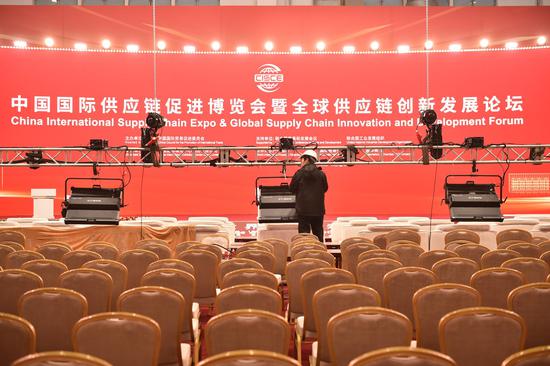

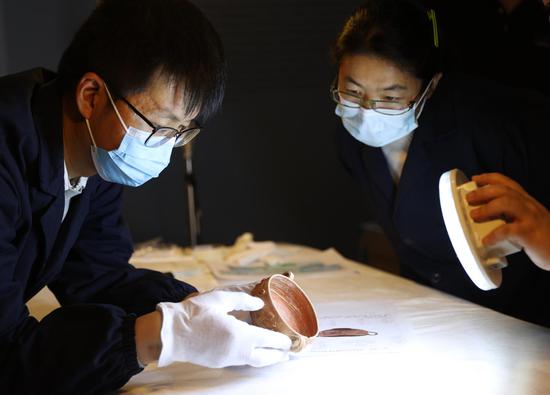







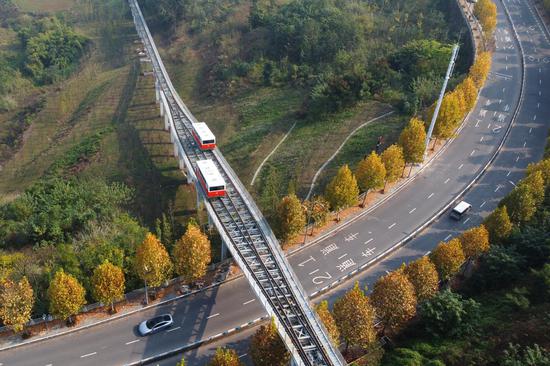




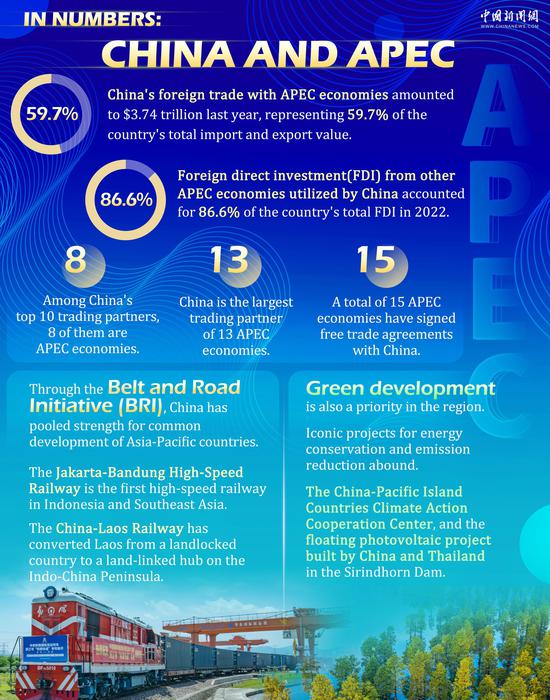





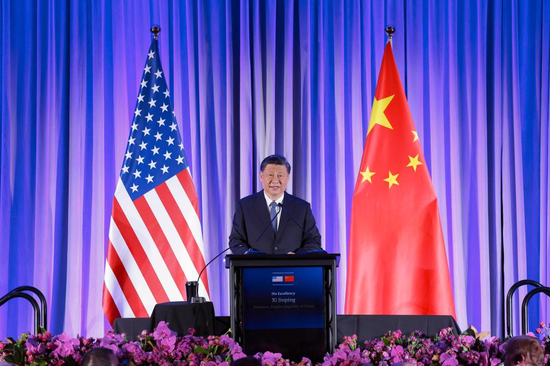
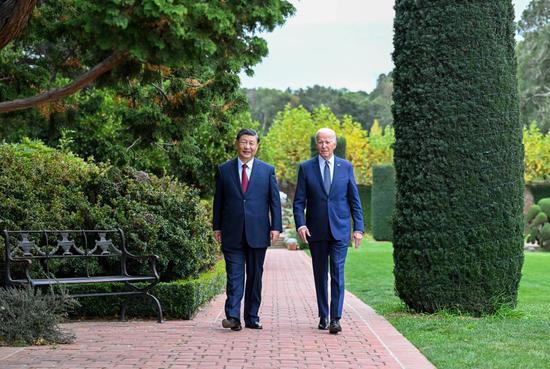


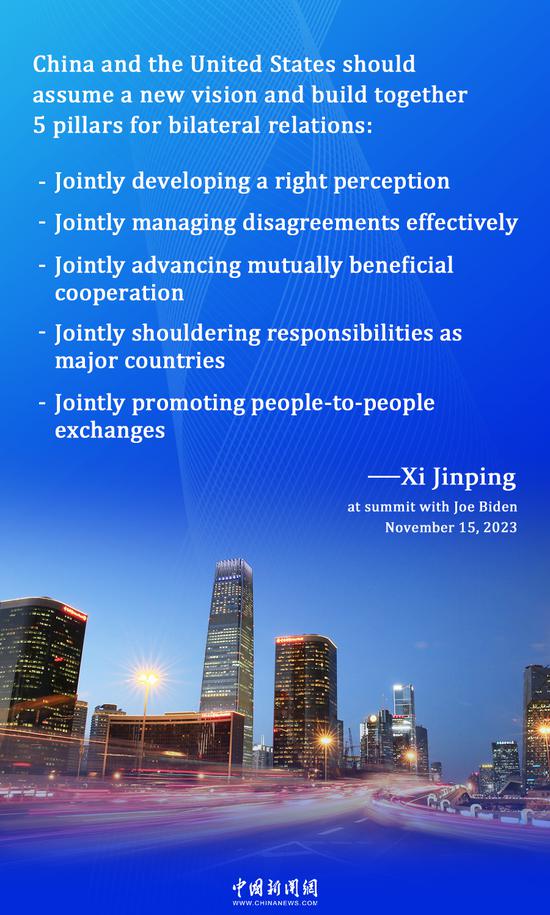
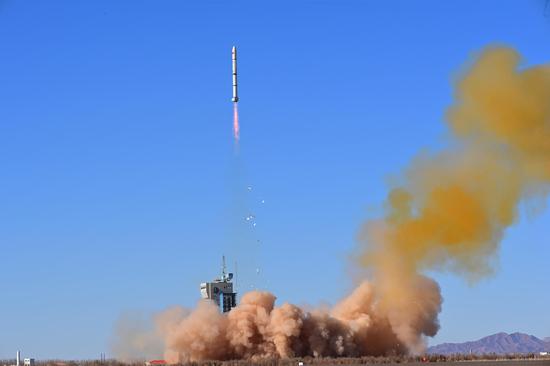









 京公网安备 11010202009201号
京公网安备 11010202009201号